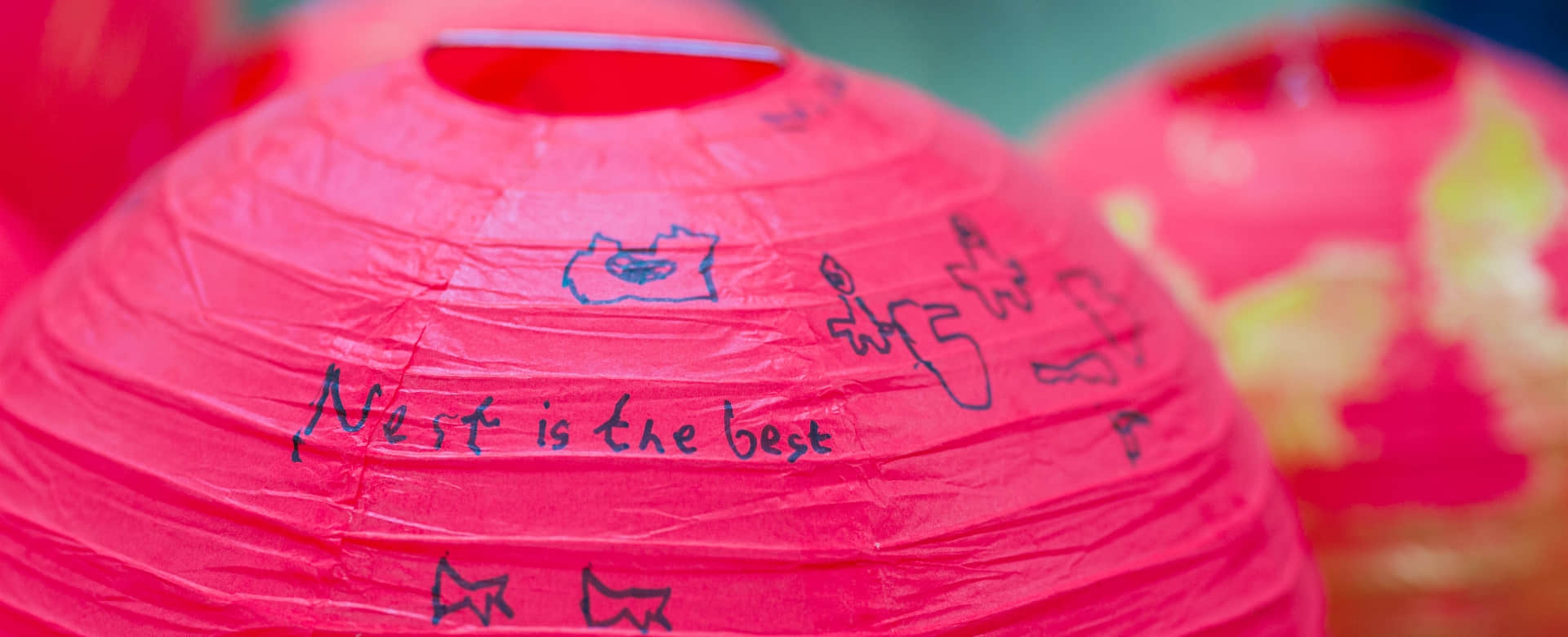Into the Classroom | Put on Your Sunhats and Let's Explore!
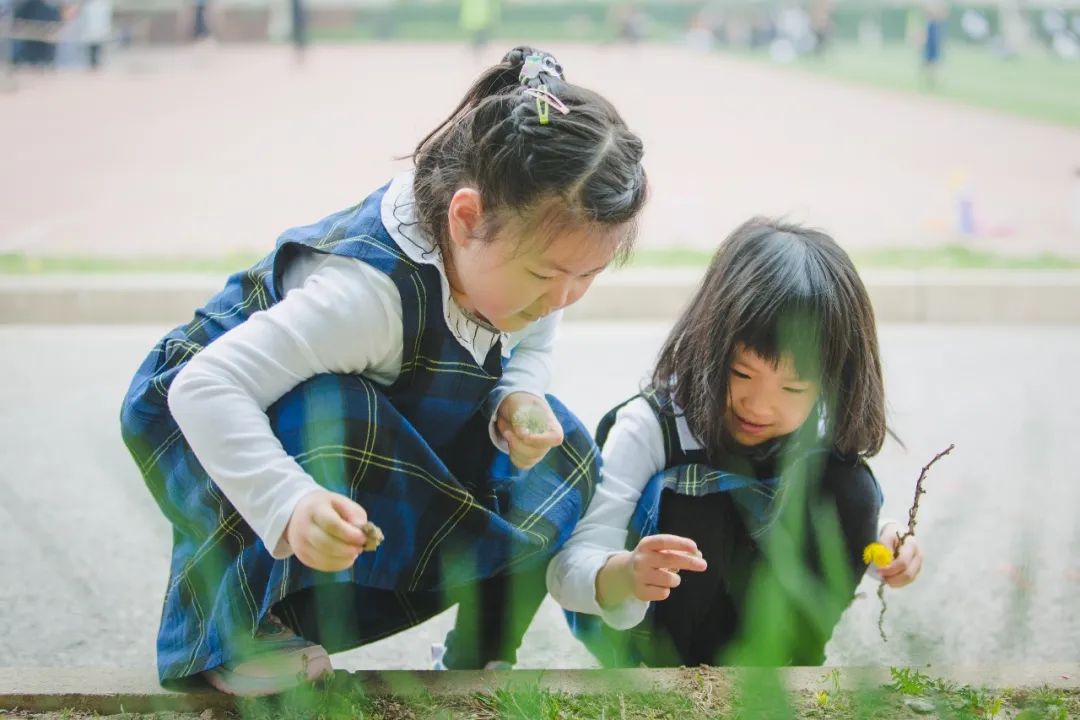
The Minibeasts topic in the Nest holds an endless fascination for our young children. Minibeast is the collective name for many small animals; they are also called invertebrates, which means that they do not have a backbone – instead, some, like insects and spiders, have a hard shell, and some have soft bodies, like worms or slugs.
This is the perfect project for Spring and Summer, with lots of scope for play and investigation in indoor and outdoor spaces. Looking at minibeasts provides opportunities to learn about how we care for other creatures and our environment, as well as plenty of counting and sequencing activities in the Nest. We have read a wealth of fiction and non-fiction books that relate to minibeasts to support the topic. So let's take a look at what Nest’s children have done on this theme!
Eaglets
In the world of the wonderful minibeast, there are lots of interesting things. In Eaglets class, children are curious about all kinds of minibeast. What does the caterpillar become? Can the ladybird fly? What do they like to eat? To increase the children’s sense of involvement, and learning through play, we prepared many minibeast toys, as well as learning our core book ‘The Very Lazy Ladybird,’ they can name words from the story in English or Chinese. We spent time exploring the great outdoor learning, got some exercise, build vocabulary, engaged the senses… Our little scientists went on a nature treasure hunt! We found a variety of minibeasts, such as ladybirds, butterflies and worms.

Some children are afraid of minibeasts. When they walked around the campus, they found some insects trapped in the puddle after the rain. They saw the insects busy carrying food under the tree. Many children who love minibeast will help to rescue the trapped minibeast or use leaves and branches to build nests for them. Gradually, the children who are afraid of minibeast are willing to approach and observe, even find food for them.
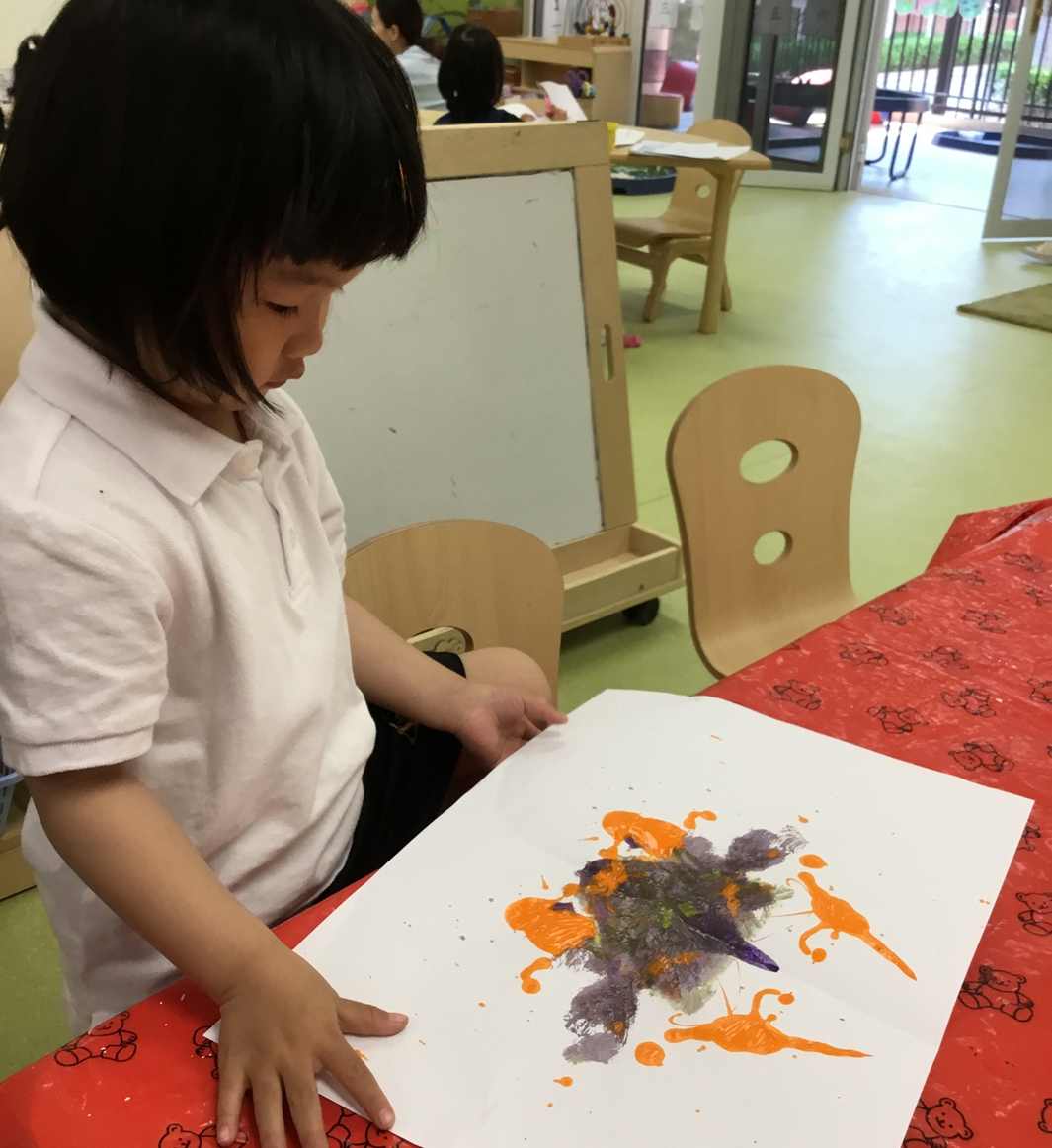
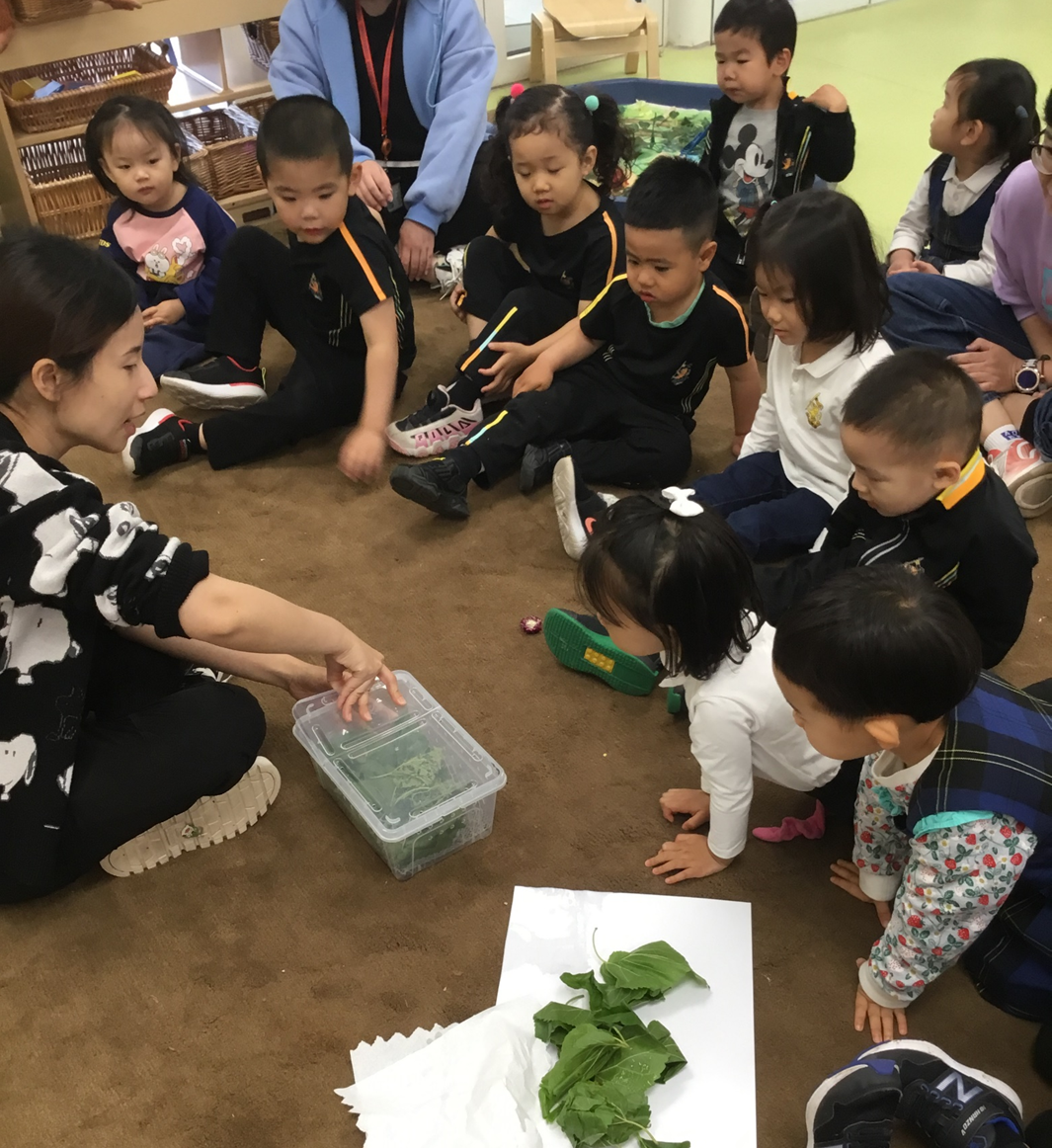
Back in class, we watch a video on caterpillar shoes and the lifecycle of a silkworm. Under this theme, we have been looking after and feeding our silkworms so that children could take a closer look at the growth process of silkworm babies and gain a deeper understanding of this minibeast. Everyone made their own minibeast with various materials to paint or in mark-making to make their thinking visible. We also provided opportunities for them to express their achievements and where appropriate enrich or extend their thinking. All the different activities allowed the children to learn about minibeasts in a relaxed and enjoyable atmosphere. They feel the wonder of nature, and from observation to experience the wonder of the minibeast world and also to arouse the children’s intense curiosity and interest.

Nursery
Under the theme ‘Minibeasts’, children explored knowledge of small insects by observing different species of insects, as well as their habitats. The children applied mathematical skills by counting the number of legs of some common minibeasts. In this topic, we focused on butterflies and bees and explored their life cycles. Children were fascinated by the transformation from eggs to beautiful insects, and not only sorted and sequenced their life cycles but also made a lot of beautiful butterflies and caterpillar crafts. Through the study of the picture book ‘The Very Greedy Bee,’ the children not only explored the life of bees but also learnt about the concepts of laziness and hard work, greed and generosity. The children also made their own honey water and honey sandwiches to share with everyone at the picnic. This process involved experimenting with different amounts of honey and water to see the effect on taste. To deepen their understanding of bees, some children also visited physical bee-rearing farms with family so that they had a more intuitive understanding of the source of honey.
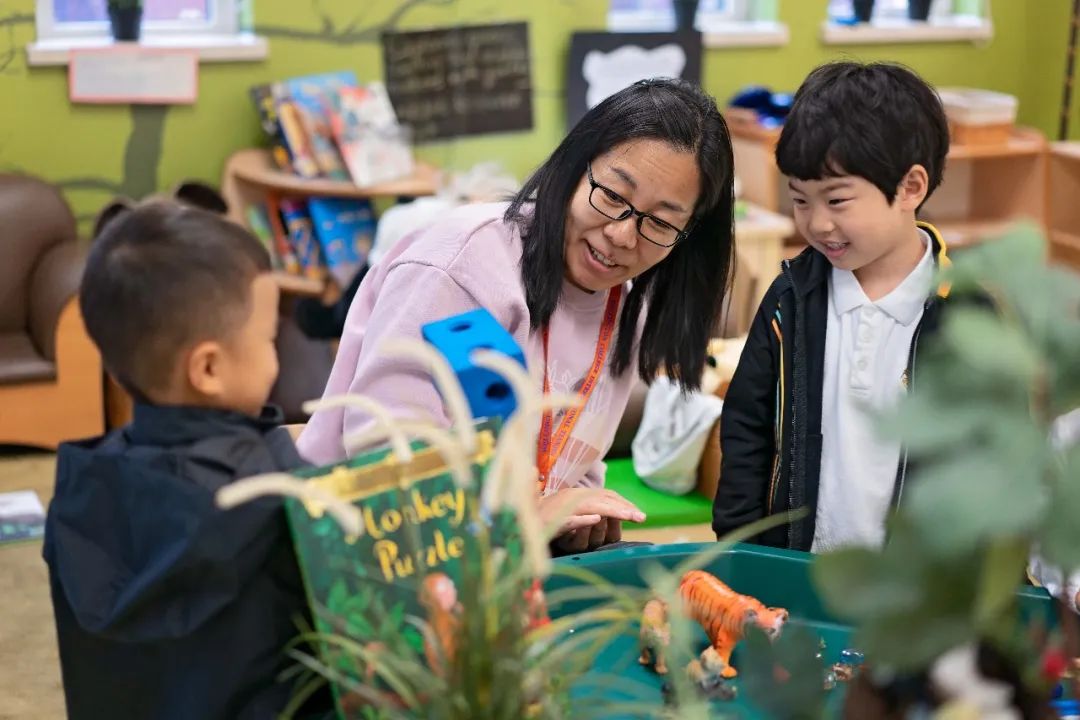

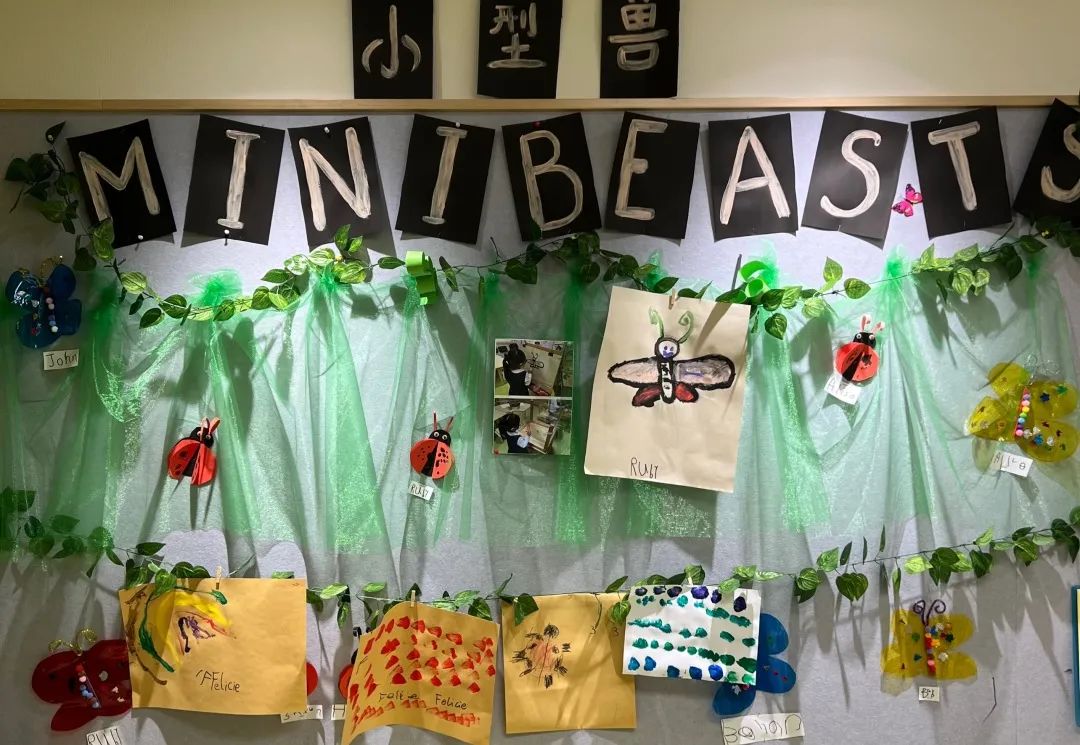
Reception
In Reception, the rain has blessed us with some wonderful minibeasts that caught our attention outdoors. The children have been observing minibeasts like snails, ants, silkworms, and butterflies and have even had a chance to handle them!
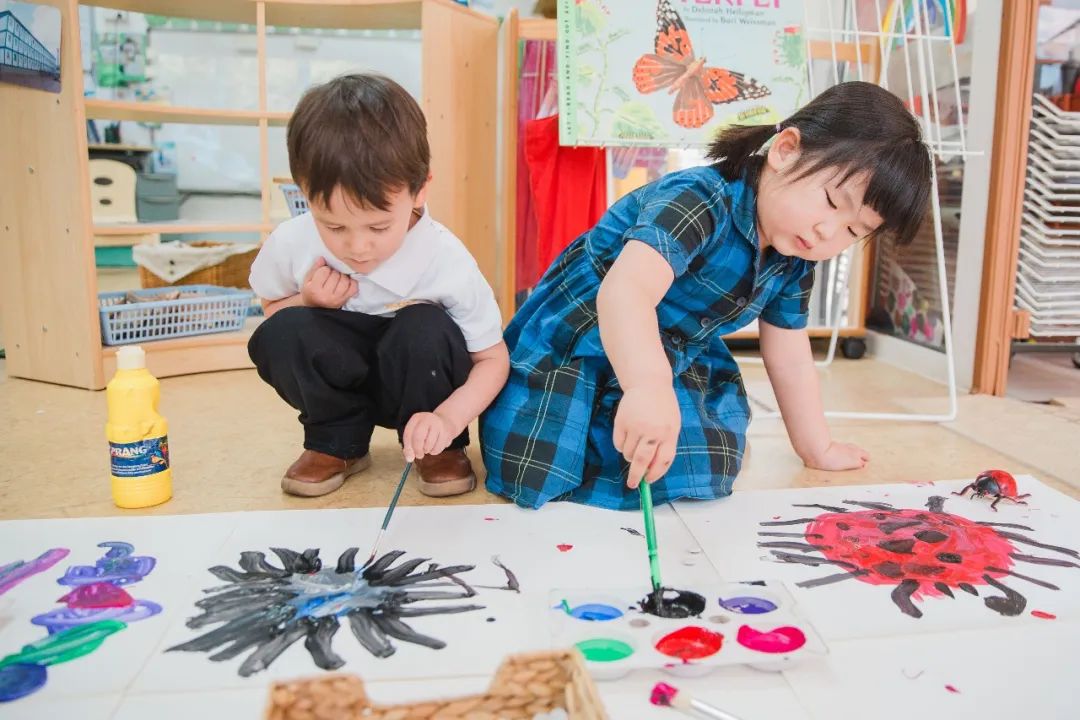
We have read our core book of ‘What the Ladybird Heard’ by Julia Donaldson. The children have been enjoying retelling and roleplaying this story immensely. We used our spatial awareness and directional sense to draw a map of the farm from the book. Then, we used our phonics knowledge to label different characters and settings from the story. We will draw maps of our homes, our classrooms, and our outdoor learning areas… the possibilities are endless. We also reviewed directional language which we will use to retell, and role-play the story.
Year 1
Under the Minibeasts topic, we were introduced to the lifecycle of a butterfly by revisiting the story of the ‘Hungry Caterpillar’ with a particular focus on how the creature went through a metamorphosis to become a butterfly. The familiar story made it very easy for children to move on to this next level of understanding and they all recognize the process of the life cycle very well. We spent time exploring the diverse and wonderful topic of Minibeasts by taking a closer look. We had our own classroom silkworms and tadpoles to feed and observed as they grew and changed. These offered the children hours and hours of opportunity to learn more about these creatures through their own experiences and observations. Some of the tadpoles have begun their metamorphosis and the children are both delighted and curious to see further transformations. The pupils are proud to be able to explain what is happening to the tadpoles as their investigation into lifecycles has been robust and thorough. We supported them in developing basic scientific skills such as performing simple tests, using their observations and ideas to suggest answers to questions and gathering and recording data to share with others.
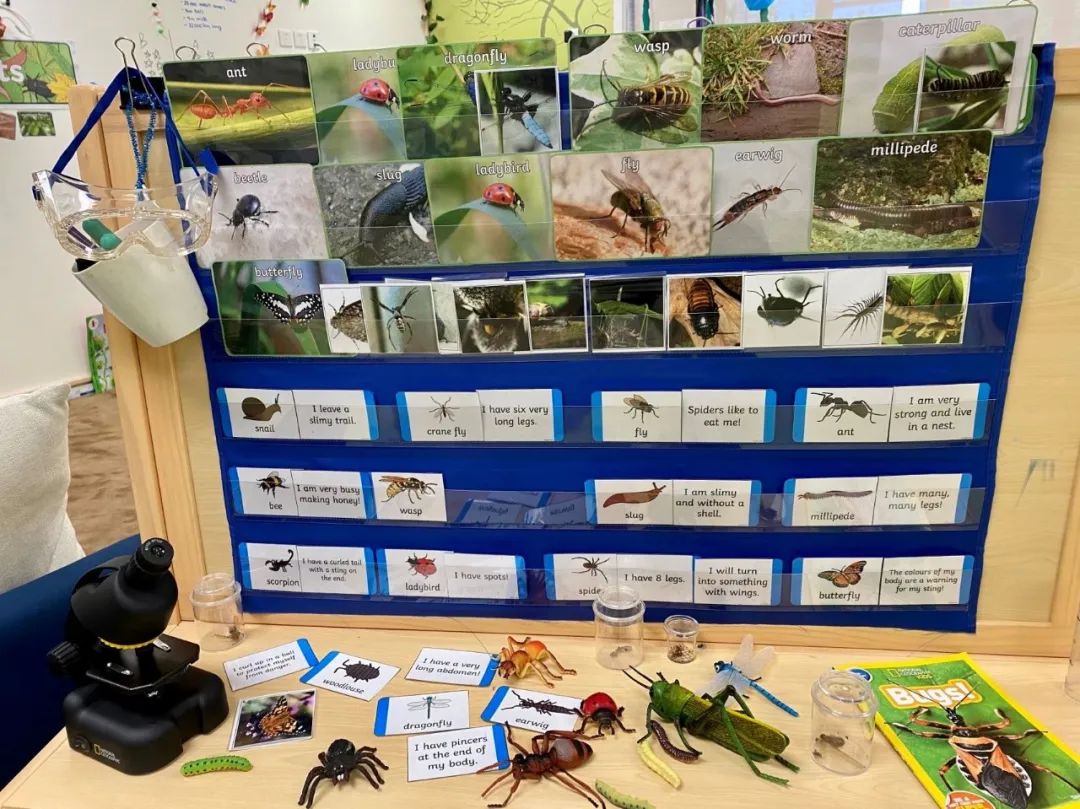
Furthermore, we have examined the structure of insects, and their classification as insects and have used these topics of discovery in our Literacy lessons to further our writing skills. We have gone on minibeasts hunts outside of the classroom and our little scientists have observed and noted their observations in their very organised and structured exploration. We have explored the lifecycles and structure of other minibeasts, compared them and wrote about our discoveries. From the book ‘Mad about Minibeast,’ we even developed literacy and communication skills through writing tasks, spoken tasks and the introduction to descriptive language. Although we have to transition back online, children cooperated and settled very well, and learning has continued.
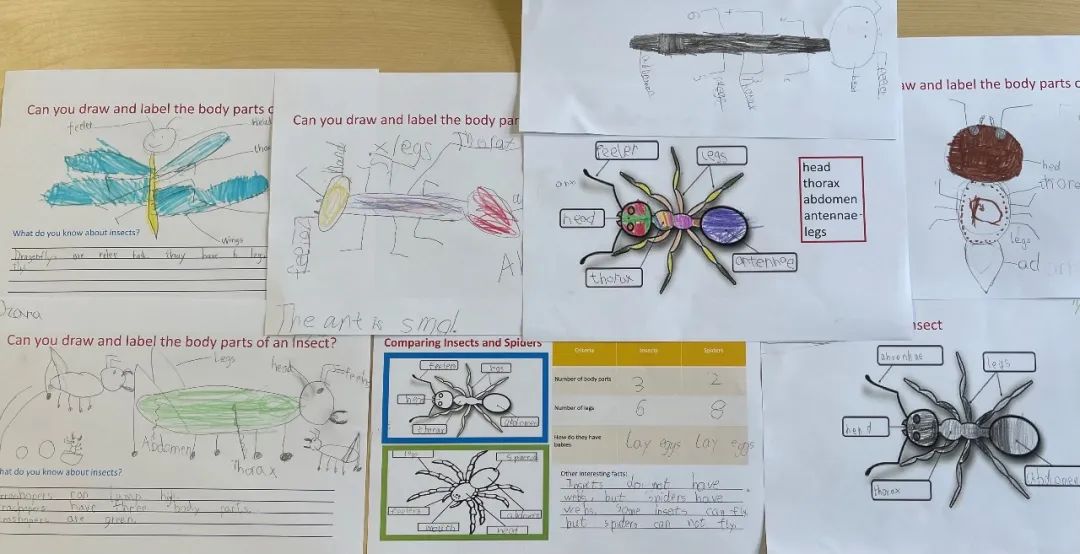
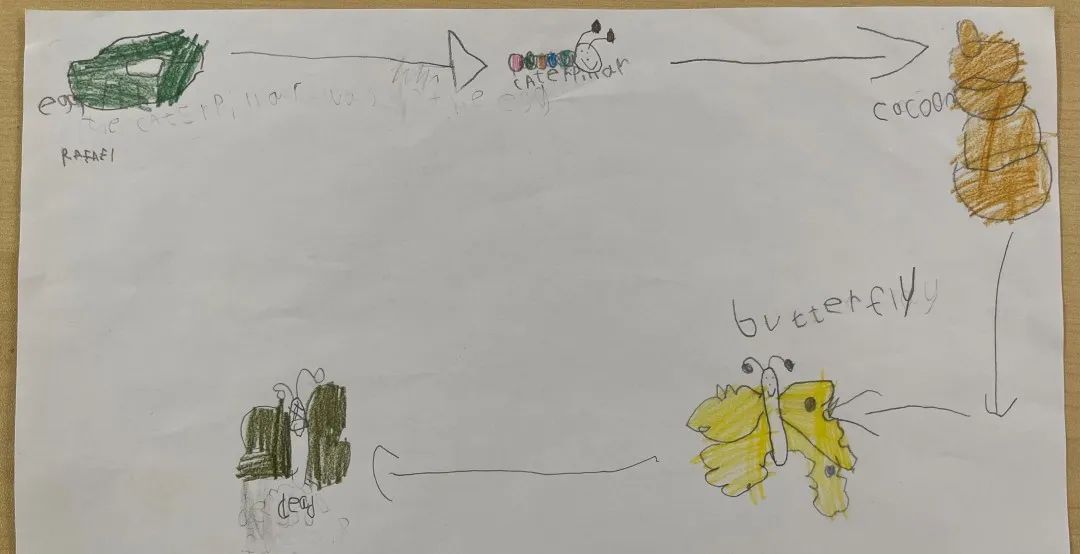
In numeracy we have continued to explore time, incorporating fractions such as whole, half and quarter to help us use an analogue clock to tell time. In our outdoor classroom, the children painted half a butterfly and then folded their paper while wet to create a perfectly symmetrical image. We had such fun and learnt a lot about this wonderful topic, we love minibeasts!
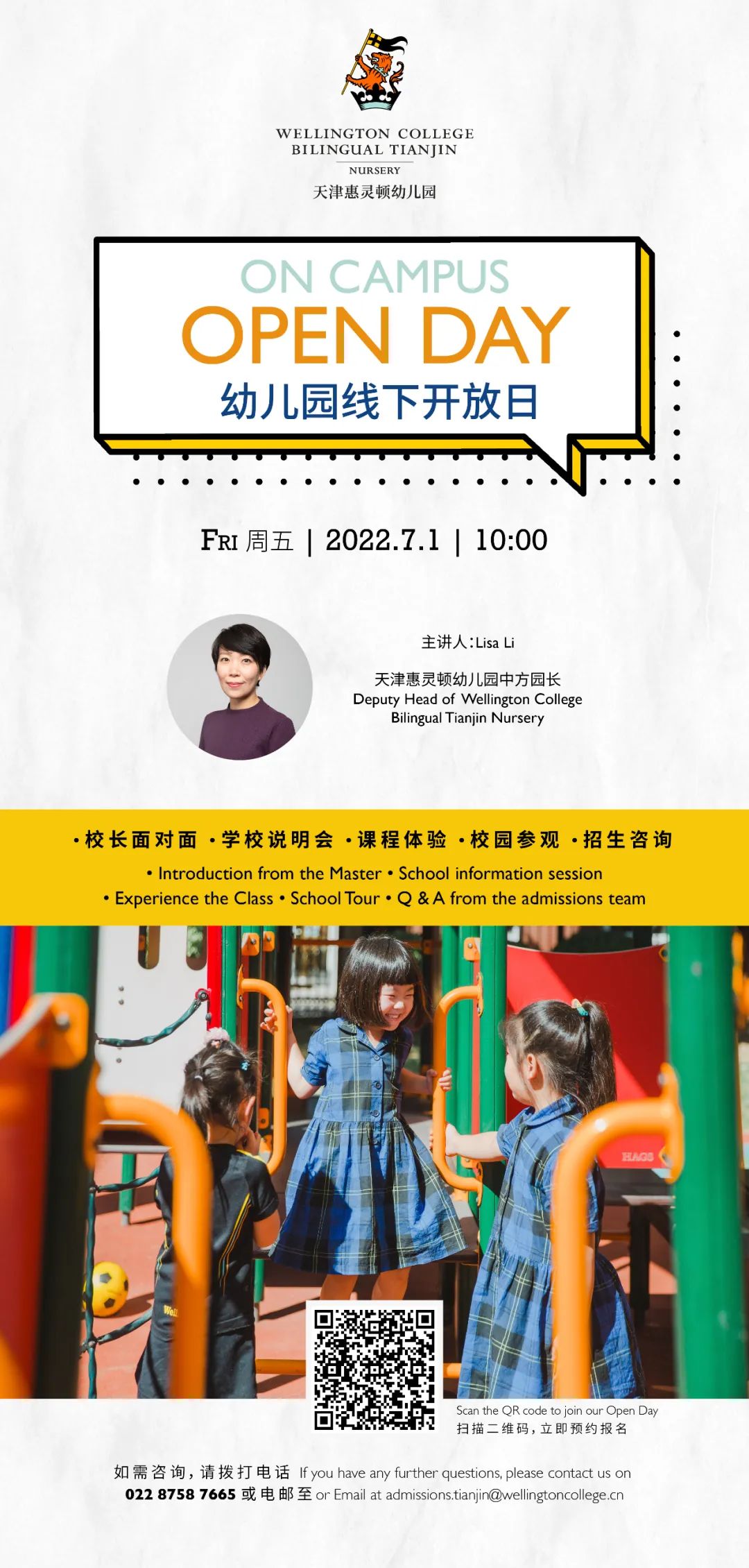
Related Articles







 Channel
Channel 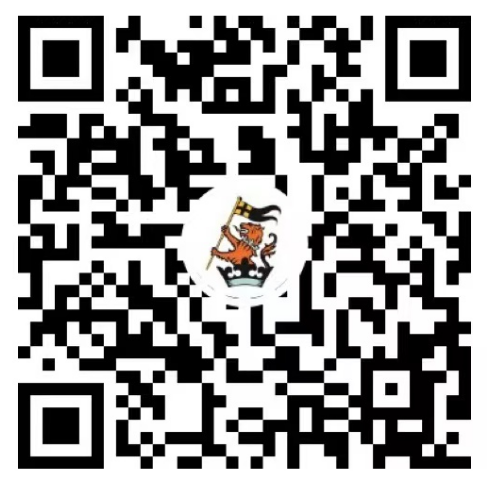
 Linkedin
Linkedin  Weibo
Weibo  Facebook
Facebook  Ins
Ins 
